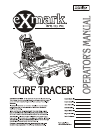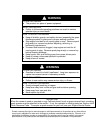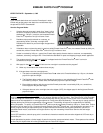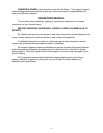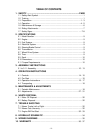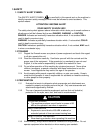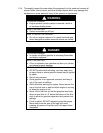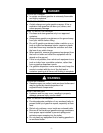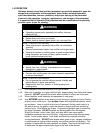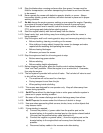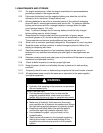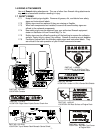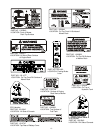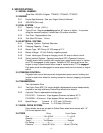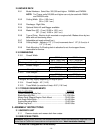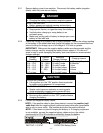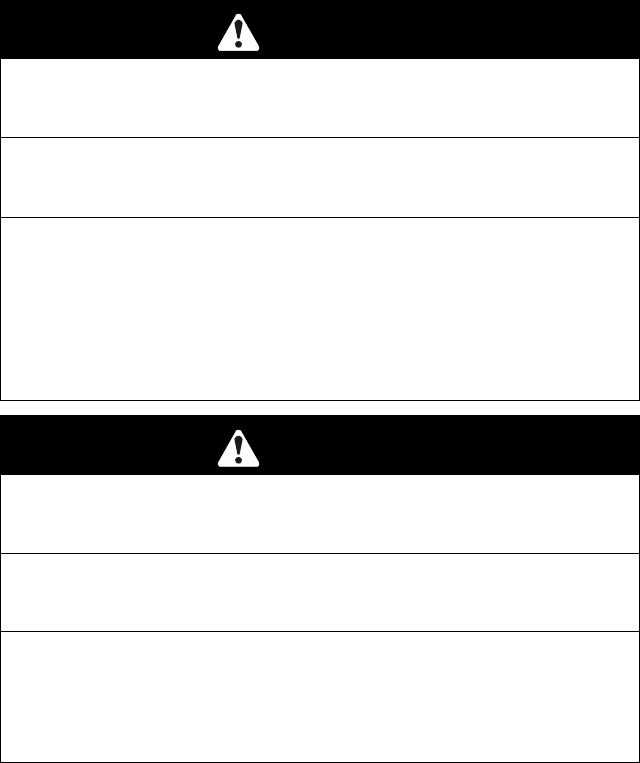
- 4 -
1.4 OPERATION
Although hazard control and accident prevention are partially dependent upon the
design and configuration of the equipment, these factors are also dependent
upon the awareness, concern, prudence, and proper training of the personnel
involved in the operation, transport, maintenance, and storage of the equipment.
It is essential that all Operator Safety Mechanisms be connected and in operating
condition prior to use for mowing.
WARNING
POTENTIAL HAZARD
♦ Operating engine parts, especially the muffler, become
extremely hot.
WHAT CAN HAPPEN
♦ Severe burns can occur on contact.
♦ Debris, such as leaves, grass, brush, etc. can catch fire.
HOW TO AVOID THE HAZARD
♦ Allow engine parts, especially the muffler, to cool before
touching.
♦ Remove accumulated debris from muffler and engine area.
♦ Install and maintain in working order a spark arrester before
using equipment on forest-covered, grass-covered, or
brush-covered unimproved land.
WARNING
POTENTIAL HAZARD
♦ Hands, feet, hair, clothing, or accessories can become
entangled in rotating parts.
WHAT CAN HAPPEN
♦ Contact with rotating parts can cause traumatic amputation
or severe lacerations.
HOW TO AVOID THE HAZARD
♦ Do not operate the machine without guards, shields, and
safety devices in place and working.
♦ Keep hands, feet, hair, jewelry, or clothing away from
rotating parts.
1.4.1 Give complete, undivided attention to the job at hand.
1.4.2 Mow only in daylight or in good artificial light, keeping away from holes and hidden
hazards. DO NOT operate the mower when children or others are in the area.
1.4.3 When feasible, avoid operating the equipment in wet grass.
1.4.4 Use EXTREME caution when mowing and/or turning on slopes as loss of traction
and/or control could occur. Mow across slopes with walk behind mowers, never
up and down. Loss of control and/or loss of operator’s footing could result in a
fall with an arm or leg getting under the mower or engine deck and sustaining
serious injury. Drive slower on slopes. Progressively greater care is needed as
the slope increases. DO NOT operate on slopes greater than 20 degrees.
Watch for ditches, holes, rocks, dips, and rises which can cause erratic
handlebar movement and loss of footing. Keep away from drop-offs and steep
banks. Avoid sudden starts. Look down and behind you before and while
moving backwards. DO NOT mow slopes when grass is wet - slippery conditions
create hazardous footing, affect steering, and reduce traction and braking. The
operator is responsible for safe operation on slopes. See inside the back cover
to determine the approximate slope angle of the area to be mowed.



